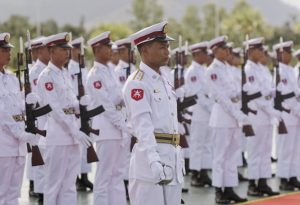By Abhijnan Rej
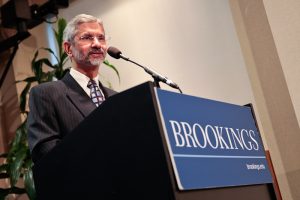
In a wide-ranging virtual conversation with the Sydney think tank Lowy Institute’s Michael Fullilove on December 9, India’s External Affairs Minister S. Jaishankar once again outlined the Modi government’s core foreign policy beliefs – and in the process, brought uncomfortable questions to the fore yet once more. Jaishankar published a book earlier this year in which he laid out his vision for “global strategy,” a way of thinking about the international system and India’s place in it by looking at linkages between disparate trends and their net effect.
His conversation with Fullilove drew some of its premises from the book, beginning with the assertion that the world is amid “rebalancing” and moving toward a multipolar system where increasing weights of newer powers (such as China, but also in Jaishankar and Prime Minister Narendra Modi’s conception, India) is bringing about a fundamental structural shift with far-reaching geopolitical effect. As Jaishankar told Fullilove, this will lead to “new regimes, new norms, new behavior.” Effectively, Jaishankar’s reassertion was tantamount to endorsing an uncomfortable fact: India is an “emerging, evolutionary, revisionist power,” as scholar Jagannath Panda put it in a recent essay. But India’s revisionism takes aim at extant regimes as it seeks to muscle its way into them, often by teaming up with China, while China’s are explicitly territorial as well as normative.







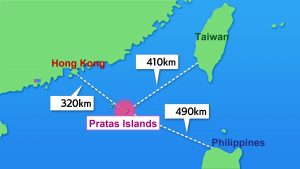


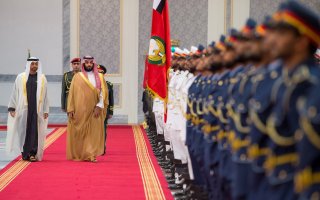
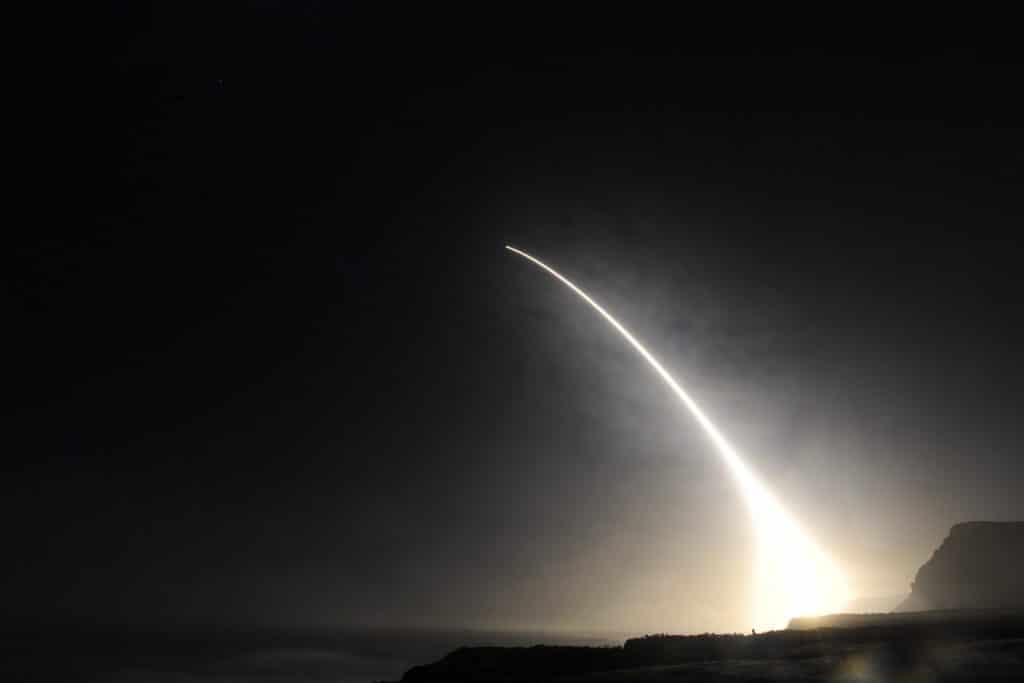
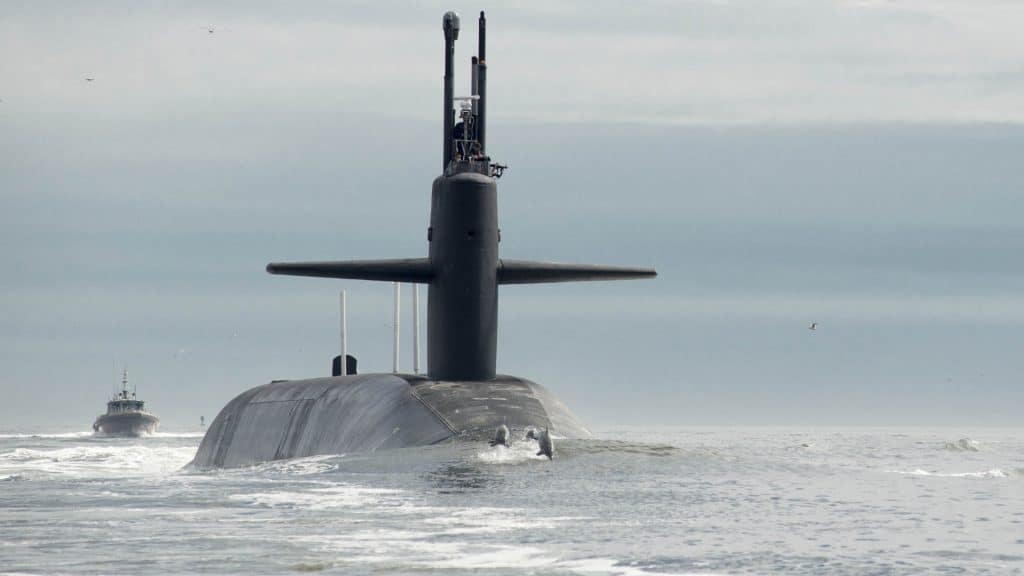


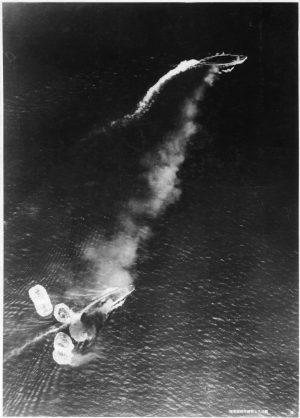

/cloudfront-us-east-1.images.arcpublishing.com/mco/WEMR5WHV7BB23J6KLY4W4DQALQ.jpg)
